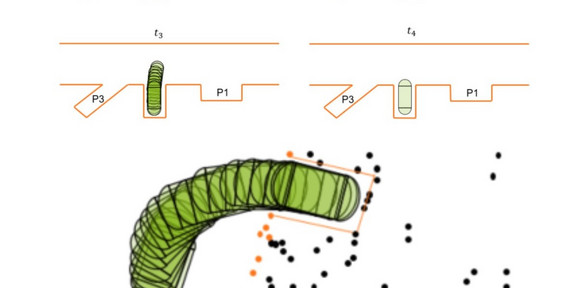Time-Optimal Model Predictive Control for Radar-based automated Parking

Automated valet parking will make more efficient use of the existing parking capacity, and the parking process will be completed safely. During the automated valet parking process, different sensor technologies such as camera or ultrasonic sensors are currently used. Radar sensors are also installed in today's production vehicles for use in driver assistance systems like the Adaptive Cruise Control system. When using radar sensors for automated parking, other sensors could therefore be dispensed with. This would result in a cost reduction.
For automated parking functions, trajectory planning and trajectory following control are often considered separately. It cannot be guaranteed that the vehicle can follow the planned trajectory. In our work, we use an approach based on time-optimal model-predictive control with a variable horizon. Thereby, during each time step, an optimal control problem is solved using the collocation method, resulting in an optimized state and control sequence. During the optimization, constraints of the vehicle must be considered. In our work, soft constraints are used, whereby a violation of these constraints is penalized in the cost function. This results in a real-time capable implementation. The first control variables of the optimized control sequence are then sent to the actuators.

